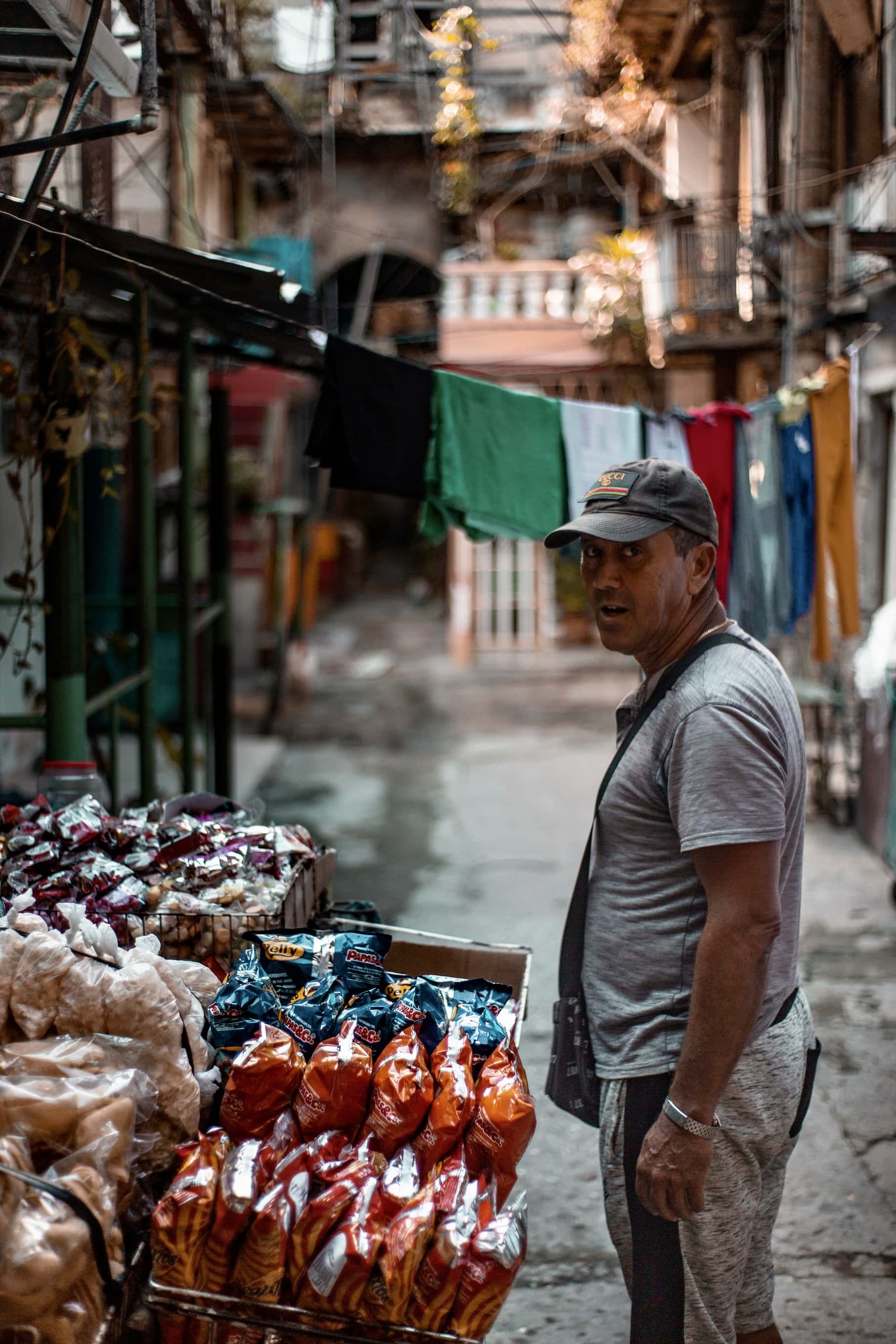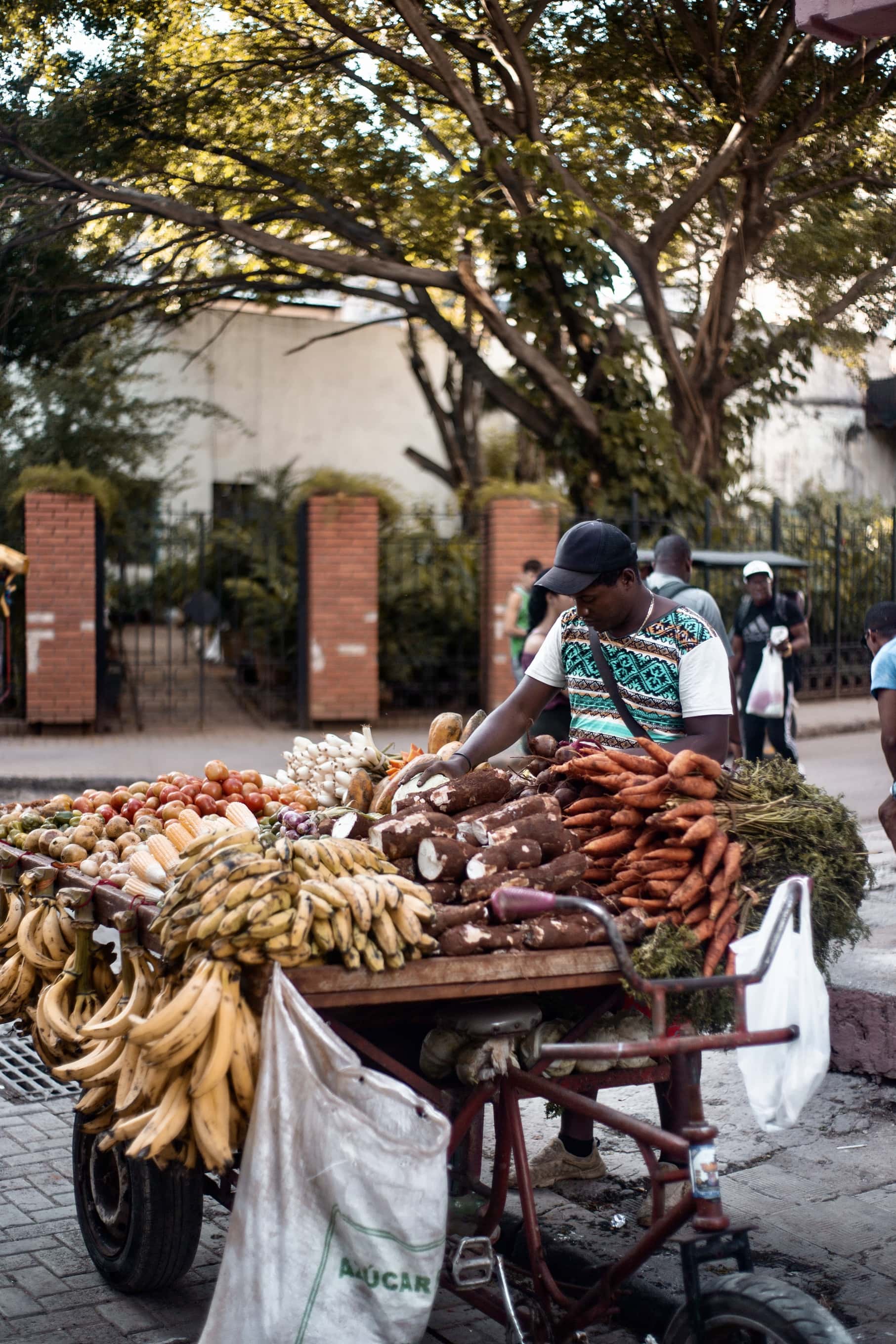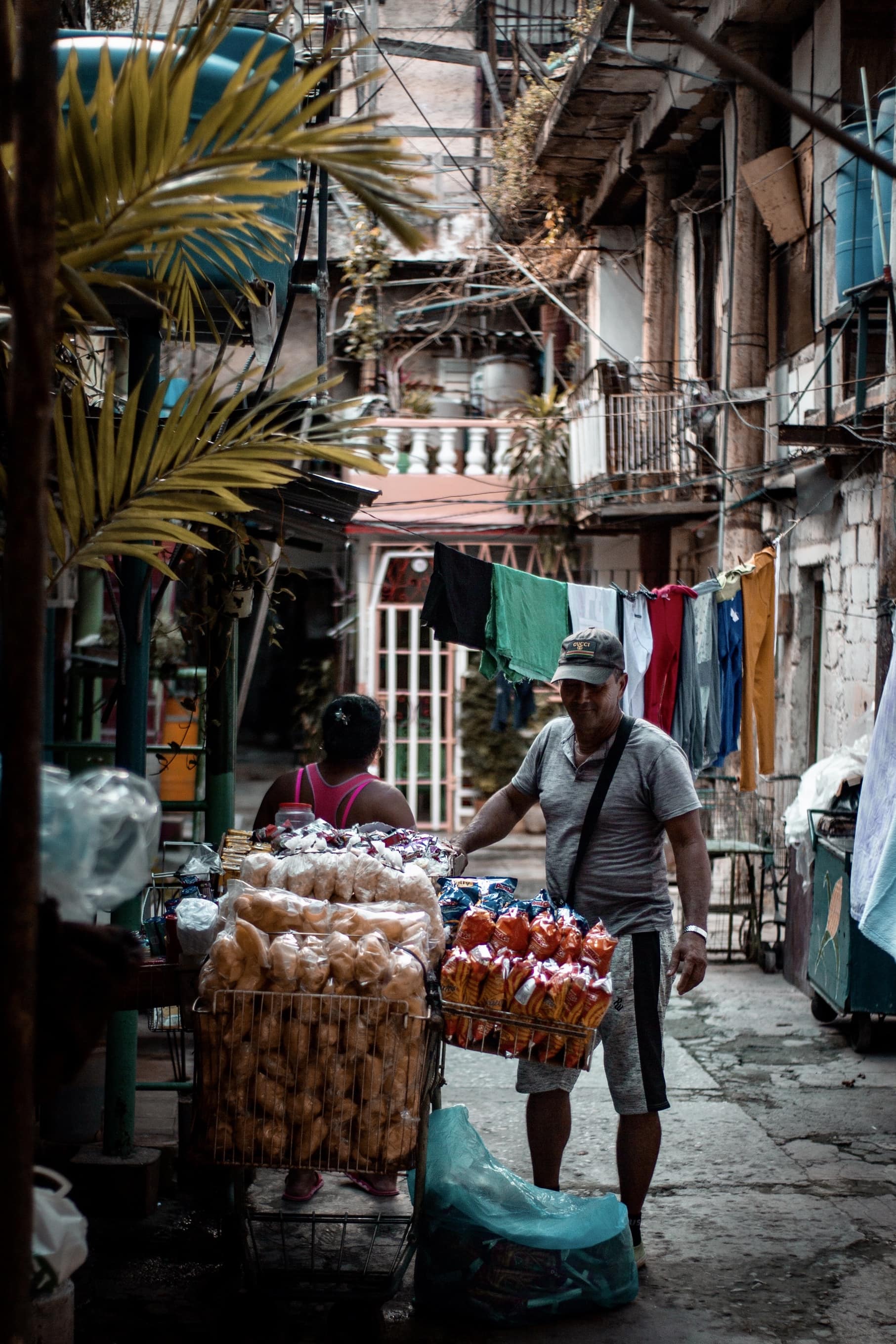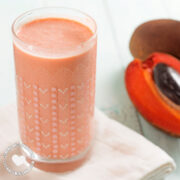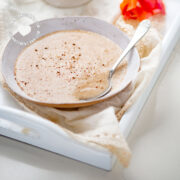What do Cuban and Dominican foods have in common? Dominican and Cuban cuisines are similar, but not identical. But why are we so different when it comes to the naming of foods?
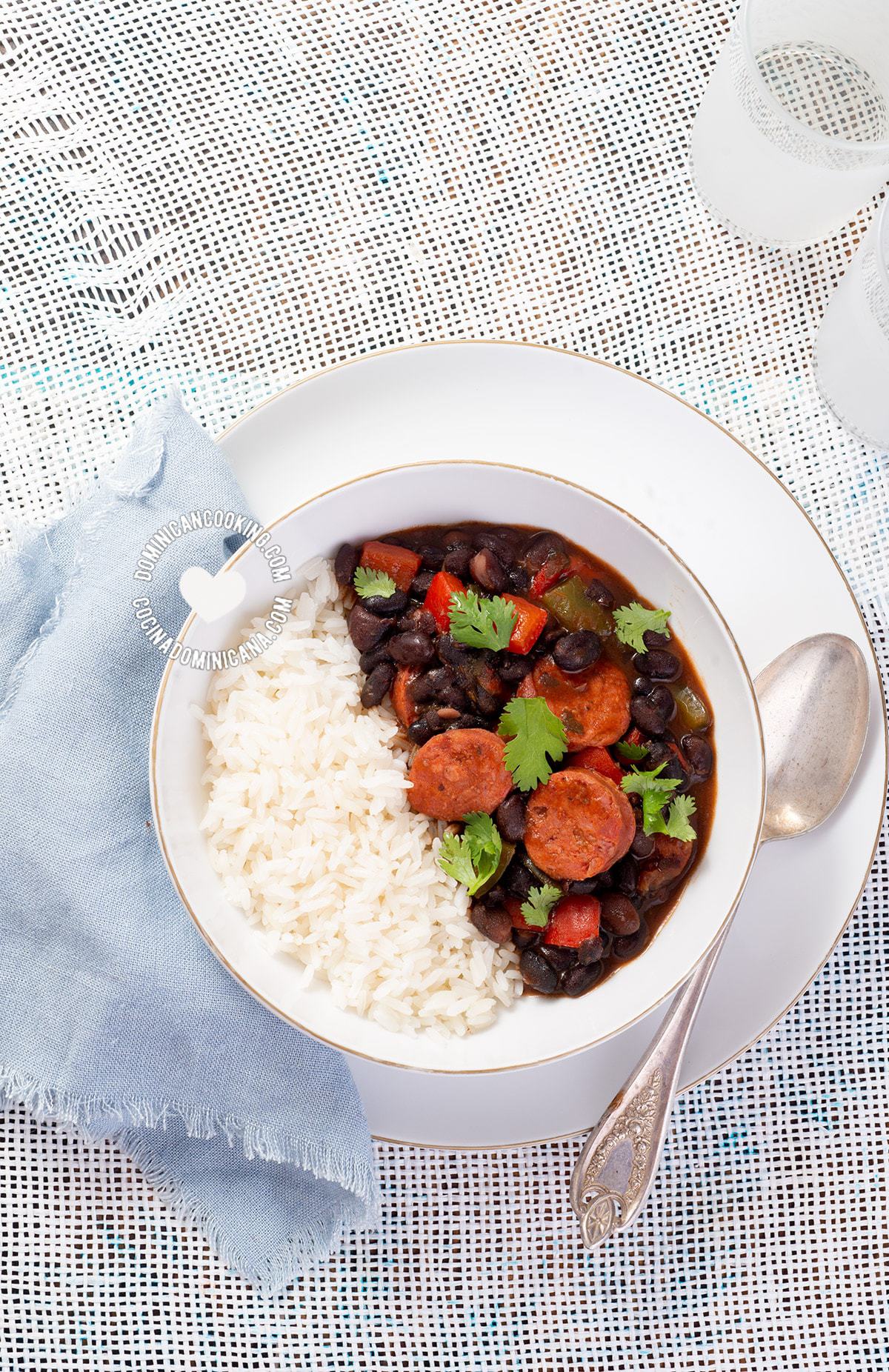
It’s not the first time we’ve touched on this, but it never ceases to fascinate us how two neighboring countries with a shared language and very similar gastronomic traditions require a glossary, or the services of an interpreter when discussing something as simple as food.
The main thing the two Spanish-speaking Caribbean island nations share when it comes to our cuisine is the standard daily meal, eaten at lunchtime and consisting of white rice, stewed beans, and meat. The rice and beans can also be cooked together.
Like Dominicans, Cubans love their víveres (root vegetables), especially yuca (cassava) and yautía (taro).
First: what unites us
For dessert, flan (crème caramel), arroz con leche (rice pudding), tres leches, candied fruits and even majarete (corn pudding) are eaten in both countries.
In the liquid department, sweet, strong black coffee is sacred, along with rum and ice-cold beer. Tropical fruit juices and smoothies are also very popular in both Cuba and the Dominican Republic.
The cuisines of both countries have been influenced by Chinese, Italian, and Middle Eastern migration along with the primary Spanish, African and indigenous components. Casabe (cassava bread) – a legacy of the indigenous Tainos - is also eaten in both countries. Likewise, popular snacks include empanadas and tamales.
And what are the differences?
Stewed beans almost always include meat/chorizo. Beans are usually black and red beans are not as common. Cumin is an important ingredient in Cuban seasoning, in contrast with the Dominican Republic where it’s rarely used.
Guandules are not a major part of the Cuban tradition but, unlike the Dominican Republic, chickpeas are popular as in the dish garbanzos fritos con chorizo.
We also find some inventive uses for familiar ingredients. In Cuba, tostones rellenos are tasty plantain cups stuffed with cheese or meat and cassava (yuca) usually served con mojo: a tasty marinade made with garlic, lime juice, and olive oil.
This is really only skimming the surface of Cuban cooking – I know there are a lot more delicious dishes I haven’t mentioned.
But as mentioned earlier, where we really do diverge is in what we call our dishes and key ingredients. As some—but not all—names are what certain foods or dishes are called in Spain (col, calabaza, boniato), it could be because of a stronger Spanish influence. But other foods/dishes share their names with other Latin American countries (frijoles, tamales) too. It is also in the nature of islands for some words to catch on in isolation in preference to others.
Here are some examples
| Dominican Republic | Cuba | In English |
|---|---|---|
| Mangú | Fufú | Mashed boiled plantains |
| Moro | Congrí, arroz moro, moros y cristianos | Rice and beans cooked together |
| Habichuelas | Frijoles | Beans |
| Habichuelas negras | Frijoles negros | Black beans |
| Habichuelas rojas | Frijoles colorados | Red beans |
| Víveres | Viandas | Root vegetables/tubers |
| Yautía | Malanga | Taro/malanga |
| Lechosa | Fruta bomba | Papaya |
| Chinola | Maracuyá | Passion fruit |
| Plátano | Plátano macho | Plantain |
| Guineo | Plátano fruta (although in some parts of eastern Cuba guineo is used as well) | Banana |
| Auyama | Calabaza | Pumpkin |
| Batata | Boniato | Oriental sweet potato |
| Pasteles en hoja | Tamales (ayaca in some parts of the country) | Tamales |
| Repollo | Col | Cabbage |
| Carne ripiada | Ropa vieja | Shredded beef |
| Molondrón | Quimbombó | Okra/Ladies’ fingers |
There are sure to be more variations, so we welcome your suggestions, along with more ideas about the possible reasons behind these differences.

Also read
- Venezuelan Vs Dominican Cooking
- Jamaican Vs Dominican Cooking
- Haitian Vs Dominican Cooking
- Almost Namesakes: The Cuisine of Dominica Vs Dominican Republic
References
La Cocina de Vero: Cocina Cubana
Wikipedia: Cuban Cuisine
Historia de la Cocina y la Gastronomía
Street vendor pictures licensed from Lucas Guzman Benady.


